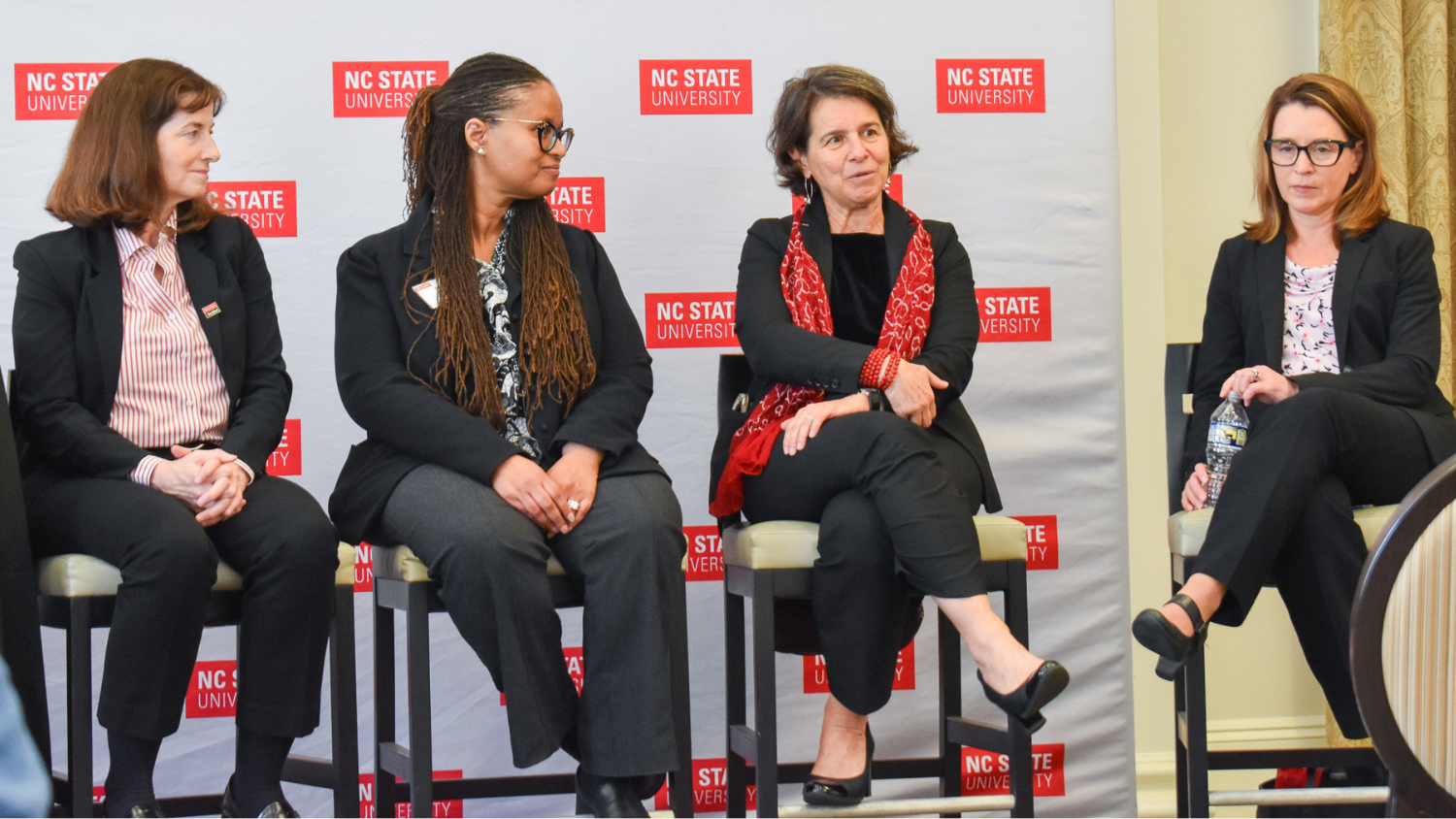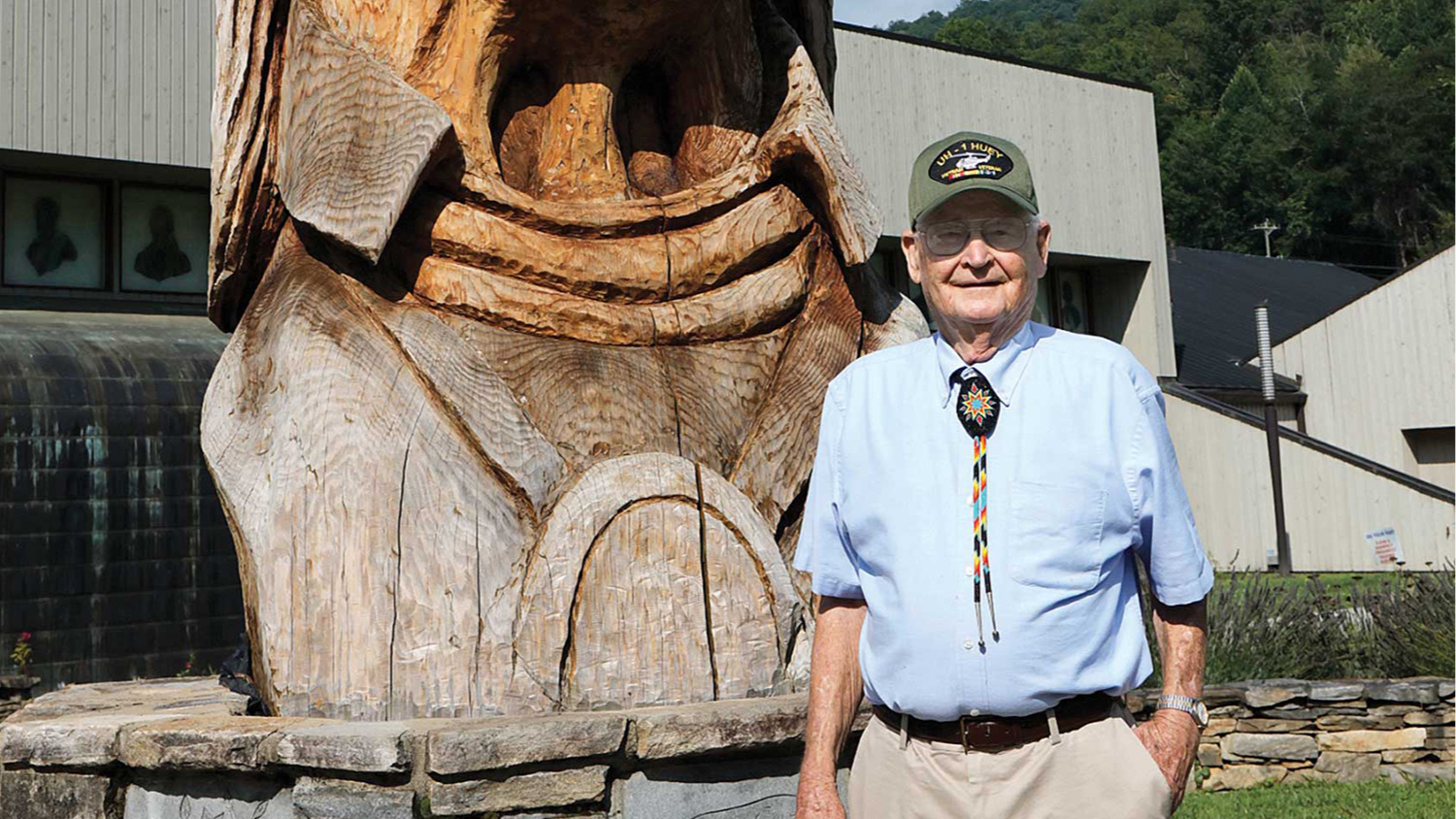NC State’s TELS Speaker, Professor James Kim, Highlights Schema-building and Reading Comprehension

Doctoral candidate, Jennifer C. Mann, writes about lessons learned during the TELS Speaker Series.
On Thursday, March 30, NC State’s Department of Teacher Education and Learning Sciences (TELS) hosted a thought-provoking presentation from guest speaker, Dr. James Kim, a professor of education at Harvard University. Dr. Kim is an expert on literacy intervention and experimental design. He leads the READS Lab (Research Enhances Adaptations Designed for Scale in Literacy), a research-based collaborative initiative to identify and scale adaptive solutions for improving children’s literacy learning and outcomes. The title of his talk was “Deep and Simple Schemas: How Engaging with Content Improves Children’s Reading Comprehension.”
Dr. Kim centered the notion of building schema and its transfer to reading comprehension in his presentation. Schemas are mental frameworks and networks that help with organization, acquisition, and application of new knowledge as it relates to existing knowledge. Dr. Kim explained that schemas activate networks of semantically related vocabulary knowledge which enhance reading comprehension. He describes schemas as “structured, systematic, and relational.” We, as educators, must therefore teach in such a way as to intentionally activate and connect to students’ schema, building from simpler to more complex concepts and vocabulary so that we might maximize student learning. Dr. Kim also underscored that, “If you pursue depth, you get depth breadth. If you pursue breadth, you get neither.”
Dr. Kim’s presentation was grounded in the results of a longitudinal, randomized control trial he and his colleagues (including NC State’s College of Education assistant professor Dr. Jackie Relyea) conducted with nearly 3,000 elementary students in North Carolina. Kim et al.’s (2023) study used what they call The Model of Reading Engagement (MORE) intervention, which emphasizes the intentional building of schema through thematic science and social studies texts and lessons that provide an intellectual framework and network for helping students connect new learning to past learning or existing background knowledge. Kim et al’s (2023) study looked at the effects of the sustained MORE intervention on science content reading comprehension. Their study findings revealed the positive and significant treatment effect on grade 1 and 2 students’ science content reading comprehension. Furthermore, they found transfer effects on science content reading comprehension that varied by types of text passage: near-, mid-, and far-transfer determined by the inclusion and number of directly taught words in passages. That is, the content of the passages in the near- and mid-transfer passages were designed to activate the schema that children developed in the MORE intervention, whereas the far-transfer passage provided no cues for schema activation. Their study indicates that a sustained content literacy intervention can help students transfer knowledge to novel reading comprehension tasks.
What were the key take-aways for educators and teacher educators like myself?
- Remember that new knowledge must be systematically structured in relation to existing knowledge if we expect students to retain the new concepts.
- When outlining/planning lessons, schema should be a central aspect. When considering which schema, consider, as Dr. Kim said, “the timelessness of ideas” and their potential usefulness and application for students’ future learning.
- Pursue depth of knowledge-building by helping students to craft complex networks of understanding. This in turn will yield depth and breadth as they continue to build.
- Categories:


